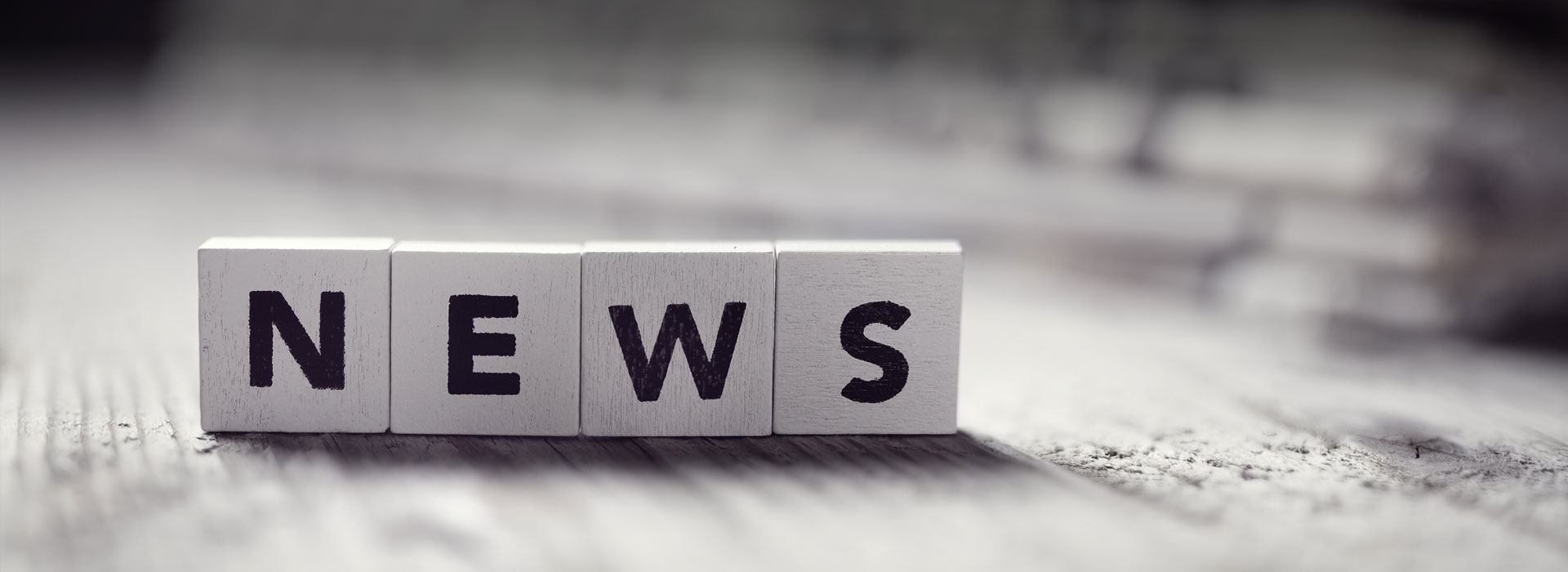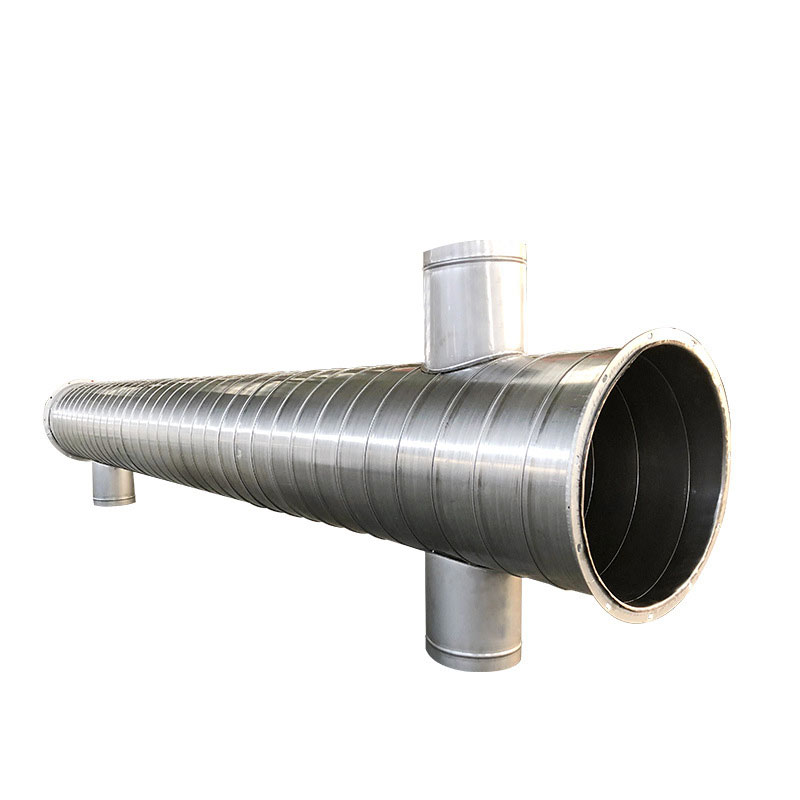What are the precautions for flexible drainage pipes?
2023-04-07
Flexible drainage pipes still need to be noted in actual installation. Generally, flexible drainage pipes are divided into two types of pipes: A-type and W-type. If the two types are used together, the effect is good, both in terms of construction quality and usage function. For drainage horizontal main pipes, A-type flexible drainage pipes should be used, while for drainage vertical pipes and drainage branch pipes, W-type flexible drainage pipes should be used. The mechanical performance of the A-type flexible drainage pipe flange gland connection is good, and the service life and function of the flexible drainage pipe are both good. Flexible drainage pipes, due to their high mechanical strength, can better withstand the impact force of incoming water from the upper layer. So, what are the precautions for flexible drainage pipes?
2. The installation and construction of W-shaped drainage pipes should be strictly carried out in accordance with the operating procedures. When installing straight pipes, each pipe interface needs to be fixed to the load-bearing wall of the building with a riser clamp; A hanger should be installed at each interface of the horizontal pipe. In the restroom where sanitary fixtures are concentrated, if the distance between the two interfaces connecting the sanitary fixtures on the horizontal branch pipe is not more than 600mm, a hanger can be installed in the middle.
3. W-shaped drainage pipes and fittings are different from plastic products in that the geometric dimensions of the fittings are relatively large. When constructing reserved holes, it is necessary to verify whether the layout dimensions of the drawings and the actual installation dimensions are suitable, in order to prevent the reserved holes from being unsuitable and unable to carry out subsequent installation construction, resulting in secondary chiseling.
4. Sometimes interface leakage occurs during construction. To avoid this phenomenon, it is necessary to strictly follow the specifications during installation, ensuring that each cast iron drainage pipe is installed in place. For large-diameter pipes, the condition of each interface rubber ring needs to be checked.
5. The application of flexible cast iron drainage pipes is common in various industries, but many people do not know how to install collars in cast iron drainage fittings. And we specialize in the installation process of rubber rings in cast iron drainage pipes: The installation of rubber rings strictly follows the installation process provided by the manufacturer. Before installation, the socket and spigot of cast iron drainage pipes should be cleaned. The socket cleaning should be done using a brush and a clean cloth to clean the inside of the socket, especially the position where the rubber sealing ring is placed, and there should be no residue such as paint, soil, sand, etc.
2. The installation and construction of W-shaped drainage pipes should be strictly carried out in accordance with the operating procedures. When installing straight pipes, each pipe interface needs to be fixed to the load-bearing wall of the building with a riser clamp; A hanger should be installed at each interface of the horizontal pipe. In the restroom where sanitary fixtures are concentrated, if the distance between the two interfaces connecting the sanitary fixtures on the horizontal branch pipe is not more than 600mm, a hanger can be installed in the middle.
3. W-shaped drainage pipes and fittings are different from plastic products in that the geometric dimensions of the fittings are relatively large. When constructing reserved holes, it is necessary to verify whether the layout dimensions of the drawings and the actual installation dimensions are suitable, in order to prevent the reserved holes from being unsuitable and unable to carry out subsequent installation construction, resulting in secondary chiseling.
4. Sometimes interface leakage occurs during construction. To avoid this phenomenon, it is necessary to strictly follow the specifications during installation, ensuring that each cast iron drainage pipe is installed in place. For large-diameter pipes, the condition of each interface rubber ring needs to be checked.
5. The application of flexible cast iron drainage pipes is common in various industries, but many people do not know how to install collars in cast iron drainage fittings. And we specialize in the installation process of rubber rings in cast iron drainage pipes: The installation of rubber rings strictly follows the installation process provided by the manufacturer. Before installation, the socket and spigot of cast iron drainage pipes should be cleaned. The socket cleaning should be done using a brush and a clean cloth to clean the inside of the socket, especially the position where the rubber sealing ring is placed, and there should be no residue such as paint, soil, sand, etc.
6. Clean and lubricate the rubber ring and socket of the cast iron drainage pipe, clean the smooth edge of the socket, place the rubber ring into the socket of the cast iron drainage pipe to check for complete fit, and then use a special lubricant. In industry applications, cast iron drainage pipe elbows, reducers, and tees are supplied with T-shaped stop rubber rings as required.
We use cookies to offer you a better browsing experience, analyze site traffic and personalize content. By using this site, you agree to our use of cookies.
Privacy Policy




